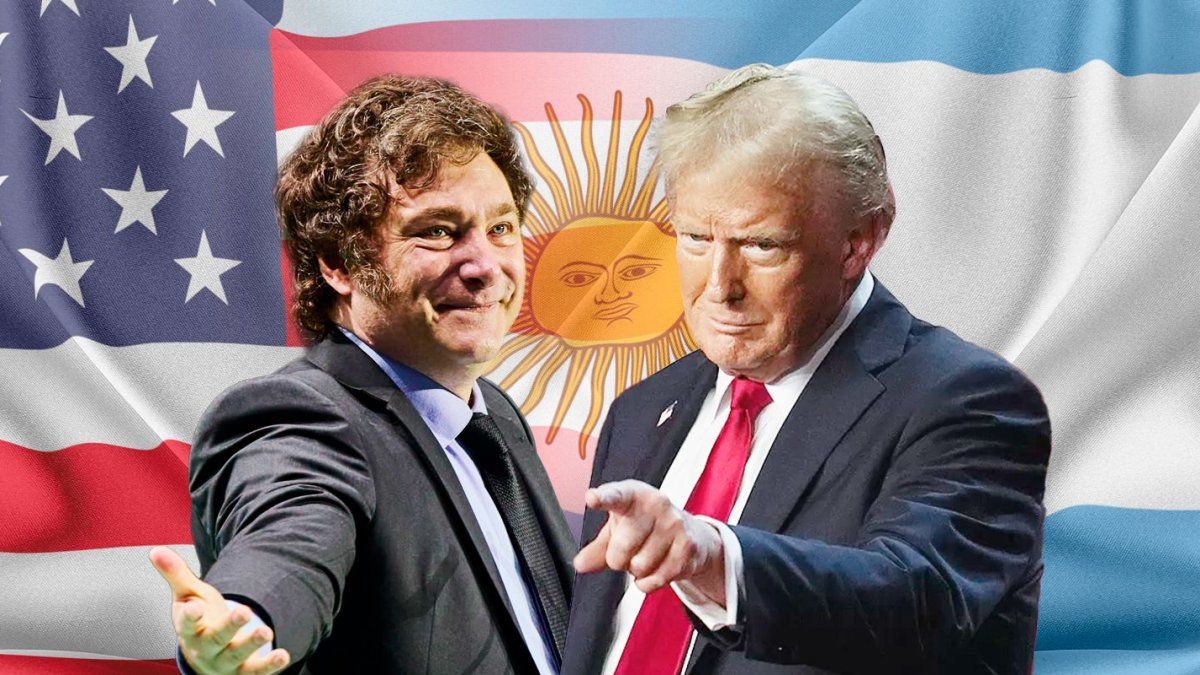The United States government launched a New tariff structurecalculated depending on the commercial deficit that maintains its economy with each of the affected countries, which altered in form Bupt market expectations. This measure caused an immediate reaction of reprisals by the most impacted nations, and we are still in the initial stage to evaluate the total scope of these commercial conflicts, which alter not only the volume of international trade but also the price formation process and the expectations of future activity.
The announcement of this policy of reciprocal tariffs radically changed the global trade panorama, directly affecting financial markets. The first days showed very marked impacts, especially in the increase in the costs of imported manufactures, which have experienced an average rise of 17.4% in their prices, as long as the flows and levels of previous price are constant, according to a report of a report of Megaqm.
“Although the US economy depends relatively little on import imports (11.5% of GDP), it is estimated that the direct inflationary impact is around 2%, taking into account that the energy sector has been exempt from this measure. In addition, the increases already announced and implemented in the first weeks of 2025 in countries such as Canada, China and Mexico“Sustains the broker.
Market reaction
While the discussion began several weeks ago, the market had not fully incorporated it into prices and only did this week with the formal announcement, they maintain since Megaqm.
The impact can be divided into 4 axes highly linked to each other:
- Interest rates: At the time of the assumption of Donald Trump as president, in January 2025, the market was positioned waiting for an external and fiscal policy that had a negative impact in terms of inflationary acceleration and that would lead to living with higher levels of interest rates forward. Today the dynamic is very different. The effect on the activity drop is prioritized and that was reflected in interest rates forward. The 10 -year rate went from 4.80 points to 3.90% in just 3 months. Today’s photo shows that the market expectation migrated to 4 rates cuts in 2025, which would carry the reference rate to be located 1 point below its current level (it would go to 3.25% / 3.50%).
-
Strength / weakness of the dollar: The accelerated low scenario of interest rates imply a reversal of capital flows. The consequence of this process is a dollar that has depreciated with respect to other currencies. In part it was one of the objectives of the tariff policy. The dollar depreciated almost 7% versus its maximums of 2024.
- Asset value: The market was found in increased costs due to tariffs and levels of the activity level. This implies potential loss of unit margins and as the temporal horizon extends, the effect may be greater with loss of efficiency and strong fall of absolute returns. For investors, this is a deterioration of the value of companies, which is reflected, for example, in the S&P 500 index. The factor to take into account is the negative “wealth effect” that implies this fall in the value of the assets, since the assets of American investors lower and decreases their consumption capacity. If we take as reference the S&P 500 the loss of value is 16% and we are facing the risk of this process.
- Oil price: A world economy that enters a commercial war can lead to a context of lower volume of trade and runs risks of being recessive. The variable that best reflects these expectations is the price of oil, since it is the first that reflects those changes in activity cycles. This also occurs in a context in which OPEC came in a process of increasing production. Supply and drop in demand is a direct path to lower prices.
The impact in Argentina
This international scenario has a direct incidence in the local economy of Argentina, through various transmission mechanisms. First, the downward trend in interest rates represents a positive signal, since, despite the increase in country risk, it could imply that the level of local rates does not rise as much as in other contexts.
Secondly, the weakness of the dollar is favorable for Argentina, since it reduces the pressure on the exchange appreciation without directly affecting the official exchange rate; However, the depreciation of currency of key commercial partners, such as the Brazilian real and Chilean weight, can represent an additional risk.
Another mechanism of great relevance is the price of oil. The global panorama, marked by a drop in economic activity and an increase in production decided by OPEC, has generated a decrease of 13.5% in the price of crude oil so far this year.
For Argentina, which has gone from being a net importer of fuels to net exporter, this decrease affects the volume of exports, but what is more worrying is the effect on investment decisions in the short term. Low prices reduce the ability to generate positive ebitdas that finance the necessary investments in projects such as Vaca Muerta, which can significantly slow down their development.
DONALD-TRUMP-WHITE-HOUSE-MARCH-3-2025-SCALED.WEBP
International trade in check: the new US tariff rate and its repercussions in Argentina.
In summary, we are faced with a complex international scenario, whose scope and derivations cannot yet be specified due to the reactions of economies in the face of the increase in tariffs by the United States. The Argentine economy faces challenging factorssuch as the fall in the level of world activity, the deterioration of the price of oil, the bearish pressures on other commodities and the possible depreciation of the currencies of its main commercial partners.
However, on the favorable side, the decrease in interest rates in the United States, the weakness of the dollar and the lowest cost of fuels due to the effect of tariffs stand out.
Given this high volatility and the high level of uncertainty of these first days, it is recommended to maintain a conservative position, waiting for the adjustments in commercial policies to be defined and the scenario is clarified for the coming months.
At the local level, the strategy consists in shortening the portfolio’s duration, increasing coverage levels (CER and DLK) and conserve higher levels of liquidity to take advantage of new income opportunities, especially in the context of negotiations with the IMF and the next electoral process, where higher real interest rates could be required to compatible the different economic objectives
Source: Ambito
I am a 24-year-old writer and journalist who has been working in the news industry for the past two years. I write primarily about market news, so if you’re looking for insights into what’s going on in the stock market or economic indicators, you’ve come to the right place. I also dabble in writing articles on lifestyle trends and pop culture news.




